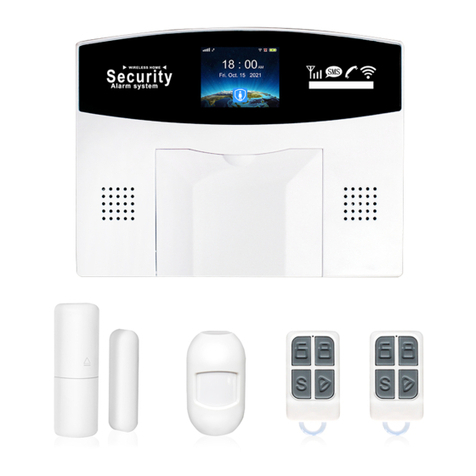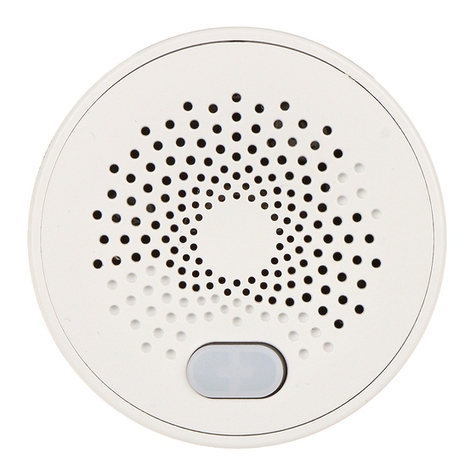
DO THIS FIRST.
Things to be Noted Before Getting Started
This guide is for:
Hub cellular model ( Hub 2G model, Hub 4G model )
Hub cellular + Wi-Fi model ( Hub 2G+Wi-Fi model, Hub 4G+Wi-Fi model )
Please check the following conditions for a successful set-up:
If using 4G SIM card, make sure the 2G network of your wireless service provider is still available
in your country. You should purchase the hub with 4G cellular communicator if the 2G network is
unavailable.
The followings are for hub cellular + Wi-Fi model only.
You should select a 2.4GHz Wi-Fi network. The hub does not support the 5GHz Wi-Fi. Select the
5GHz band instead of the 2.4GHz band is the most common mistake when setting up the hub for
the first time.
Your Wi-Fi password must not contain space or other special characters.
Place your hub as close as possible to your router when setting up.
A slow network speed will also affect the performance of your hub. It is recommended to have an
upload speed of at least 2Mbps or faster.
Make sure that the AP isolation setting in your router is disabled.
What You Need
To set up and use Alarm System, you’ll need an iPhone or Android phone, the Smart Security System
app, an unused indoor power outlet, a micro SIM card supporting 2G/GSM(for 2G version) or 4G
network (for 4G version), and a Wi-Fi 802.11 b/g/n(2.4GHz) network connection (Hub cellular + Wi-Fi
only).





























